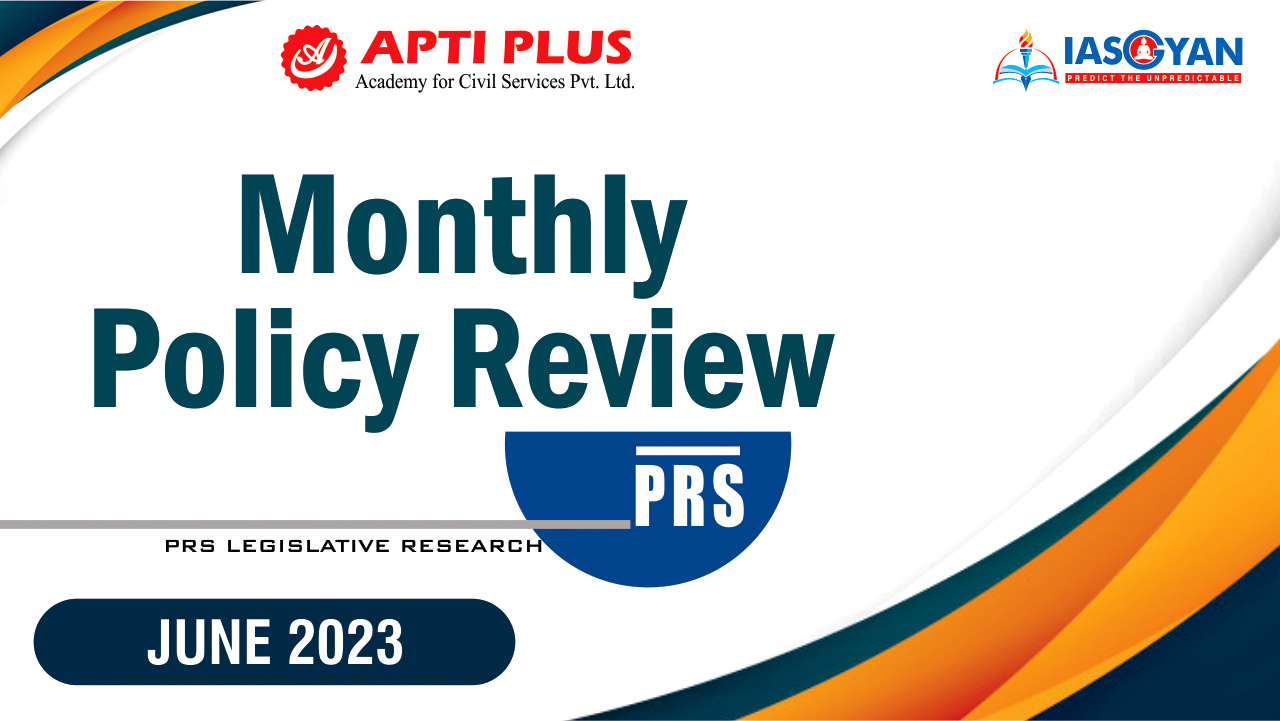Description
.jpg)
Disclaimer: Copyright infringement not intended.
Context
- The latest update of the Global Multidimensional Poverty Index (MPI) was released by the United Nations Development Programme (UNDP) and the Oxford Poverty and Human Development Initiative (OPHI) at the University of Oxford.
ABOUT GLOBAL MULTIDIMENSIONAL POVERTY INDEX (MPI): https://www.iasgyan.in/daily-current-affairs/global-multidimensional-poverty-index#:~:text=The%20global%20MPI%20makes%20a,is%201%2F3%20or%20higher.
Findings
- A total of 415 million people moved out of poverty in India within just 15 years from 2005/2006 to 2019/2021.
- 25 countries, including India, successfully halved their global MPI values within 15 years, showing that rapid progress is attainable. These countries include Cambodia, China, Congo, Honduras, India, Indonesia, Morocco, Serbia, and Vietnam.
- Deprivation in all indicators declined in India and “the poorest States and groups, including children and people in disadvantaged caste groups, had the fastest absolute progress.”
- People who are multidimensionally poor and deprived under the nutrition indicator in India declined from 44.3% in 2005/2006 to 11.8% in 2019/2021, and child mortality fell from 4.5% to 1.5%.
- Those who are poor and deprived of cooking fuel fell from 52.9% to 13.9% and those deprived of sanitation fell from 50.4% in 2005/2006 to 11.3% in 2019/2021.
- In the Drinking Water Indicator, the percentage of people who are multidimensionally poor and deprived fell from 16.4 to 2.7 during the period, electricity (from 29% to 2.1%) and housing from 44.9% to 13.6%.
- Countries with different incidences of poverty also halved their global MPI value. While 17 countries that did so had an incidence under 25% in the first period, India and Congo had a starting incidence above 50%.
- India was among the 19 countries that halved their global Multidimensional Poverty Index (MPI) value during one period - for India it was 2005/2006–2015/2016.
- Billion out of 6.1 billion people (just more than 18%) live in acute multidimensional poverty across 110 countries. Sub-Saharan Africa (534 million) and South Asia (389 million) are home to approximately five out of every six poor people.
- Nearly two-thirds of all poor people (730 million people) live in middle-income countries, making action in these countries vital for reducing global poverty. Although low-income countries constitute only 10% of the population included in the MPI, these are where 35% of all poor people reside.
- Children under the age of 18 account for half of MPI-poor people (566 million). The poverty rate among children is 27.7%, while among adults, it is 13.4%. Poverty predominantly affects rural areas, with 84% of all poor people living in rural areas. Rural areas are poorer than urban areas across all regions of the world.
- Countries halved their MPI in periods as short as four to 12 years, demonstrating the feasibility of the Sustainable Development Goal (SDG) target of halving poverty according to national definitions within 15 years.
- Thus, it is crucial to consider context-specific multidimensional poverty indices that reflect national definitions of poverty since the global MPI assesses multidimensional poverty with the same methodology.
- The agencies, however, added that despite these encouraging trends, the lack of post-pandemic data for most of the 110 countries covered by the global MPI restricts the understanding of the pandemic's effects on poverty.
- The negative impacts of the pandemic in dimensions such as education are significant and can have long-lasting consequences. It is imperative that we intensify efforts to comprehend the dimensions most negatively affected, necessitating strengthened data collection and policy efforts to get poverty reduction back on track.
- Cambodia, Peru, and Nigeria showed significant reductions in their most recent periods, offering hope that progress is still possible. In Cambodia, the most encouraging case among these, the incidence of poverty fell from 36.7% to 16.6%, and the number of poor people halved, from 5.6 million to 2.8 million, all within 7.5 years, including the pandemic years (2014–2021/22).
- However, the full impacts globally remain to be measured, it said. With a renewed emphasis on data collection, “we need to broaden the picture to include the impacts of the pandemic on children”.
- "In over half the countries covered, there was either no statistically significant reduction in child poverty or the MPI value fell more slowly among children than among adults during at least one period. This suggests that child poverty will continue to be a pressing issue, particularly in relation to school attendance and undernutrition.
- The world is reeling under a data deluge and gearing up for the next era of digital growth.
- This problem is eminently solvable – data on multidimensional poverty are faster to gather than most realise – requiring just 5% of questions in the surveys we use. Funders and data scientists need to make a breakthrough on poverty data, so the interconnected deprivations that strike poor people in real-time can be tracked – and intercepted.
- The global MPI monitors poverty reduction and informs policy, showing how people experience poverty in different aspects of their daily lives – from access to education and health to living standards such as housing, drinking water, sanitation and electricity.
- The MPI as a poverty index can be pictured as a stacked tower of the interlinked deprivations experienced by poor individuals, with the aim of eliminating these deprivations.
GLOBAL MULTIDIMENSIONAL POVERTY INDEX: https://www.iasgyan.in/daily-current-affairs/global-multidimensional-poverty-index#:~:text=The%20global%20MPI%20makes%20a,is%201%2F3%20or%20higher.
|
PRACTICE QUESTION
Q. The elimination of extreme poverty should not be seen as a question of charity, but as a pressing human rights issue.
Comment.
|

https://epaper.thehindu.com/ccidist-ws/th/th_delhi/issues/43274/OPS/GU3BFL1RD.1.png?cropFromPage=true




.jpg)
.jpg)







